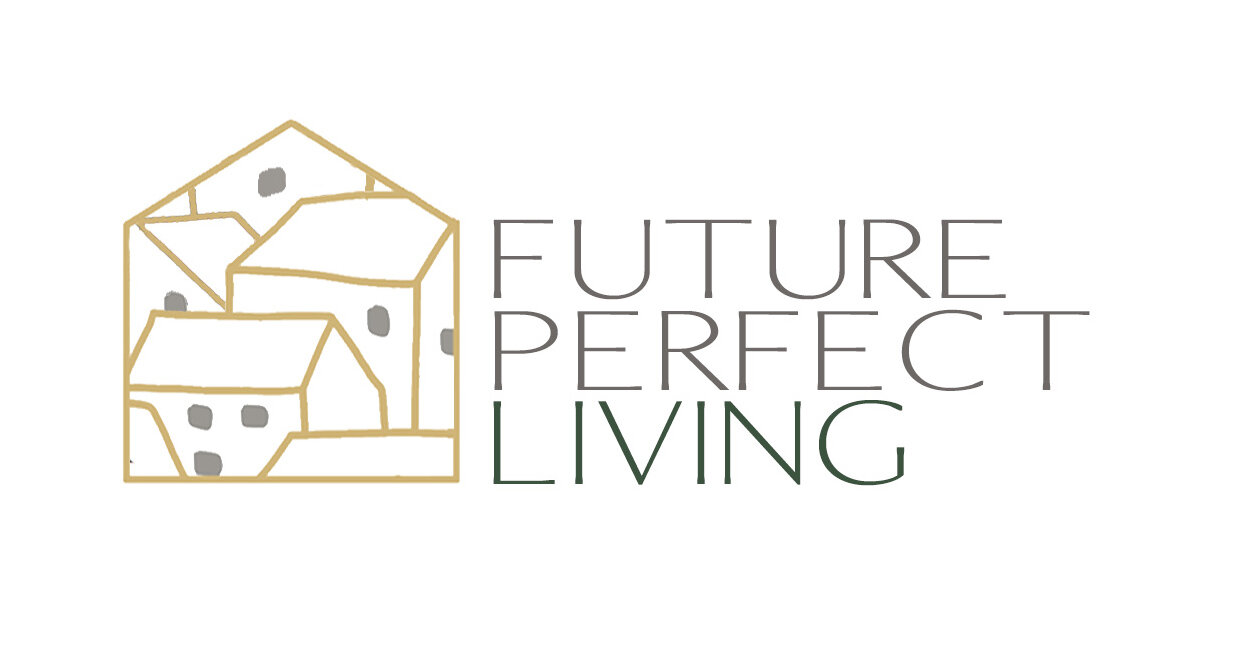aging in this place?
I must say that I was excited to see the results of the recent The Hartford/MIT AgeLab survey on Boomers’ future housing preferences. According to the results released in June, 50% of adults 45 – 65 have expressed an interest in moving from their current homes for the next stage of their lives. This is a significant change from the AARP survey results released just last year that found only 25% considering a move from their current home. Why is this exciting? It’s not that moving out of ones home is necessarily the optimum choice for everyone as they age. What’s exciting is that a larger number of older adults have begun to think more realistically about whether or not their current home will meet their future needs and desires. It seems that Boomers may be slowly moving out of their initial stage of denial regarding the housing related changes that will be required to have an active, socially engaged and financially secure old age. According to this survey they are thinking about their future housing needs but still don’t have a plan in place as to how this transition will actually unfold.
For the Boomers’ parents, “aging in place” often meant living in their current home as long as possible. By the time they reached 80+ the family home was often the only option available outside of traditional independent and assisted living communities. Perhaps the Boomers are taking a lesson from their parents and the fact that they will likely experience even greater longevity. Hopefully they are learning that “aging in place” is really about living in a home and community that will support a positive aging experience for the next stage of their lives. That may be their current home or maybe not, but the sooner they figure it out the better.
One of the keys to a successful aging in place experience is to be proactive and ask: “Can I age well in this place”? In asking that question many factors should be considered. These include lifestyle preferences, relationships, health status, work and financial circumstances, current home design and location. It’s not surprising that few Boomers have taken the steps to plan for this next stage of life. After all, it’s challenging to think about life transitions and aging in particular. It gets even more complicated when planning involves reconciling differences between couples. In my experience this can be one of the most significant stumbling blocks of all. Recognizing these challenges, The Hartford/MIT AgeLab partnership has put together an excellent Guide to support the planning process. It’s sure to be a useful tool for many as they begin to consider how aging friendly their current living environment really is.
Hopefully, by the time the Boomers in this study are ready to move, they’ll have many more “aging in place” housing options available to them. Wouldn’t it be great if these options were so attractive and compelling that the only planning Boomers needed was to set a move date!
